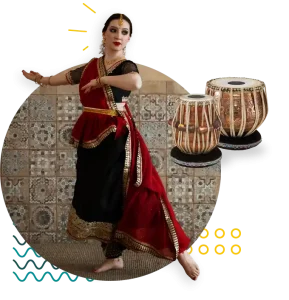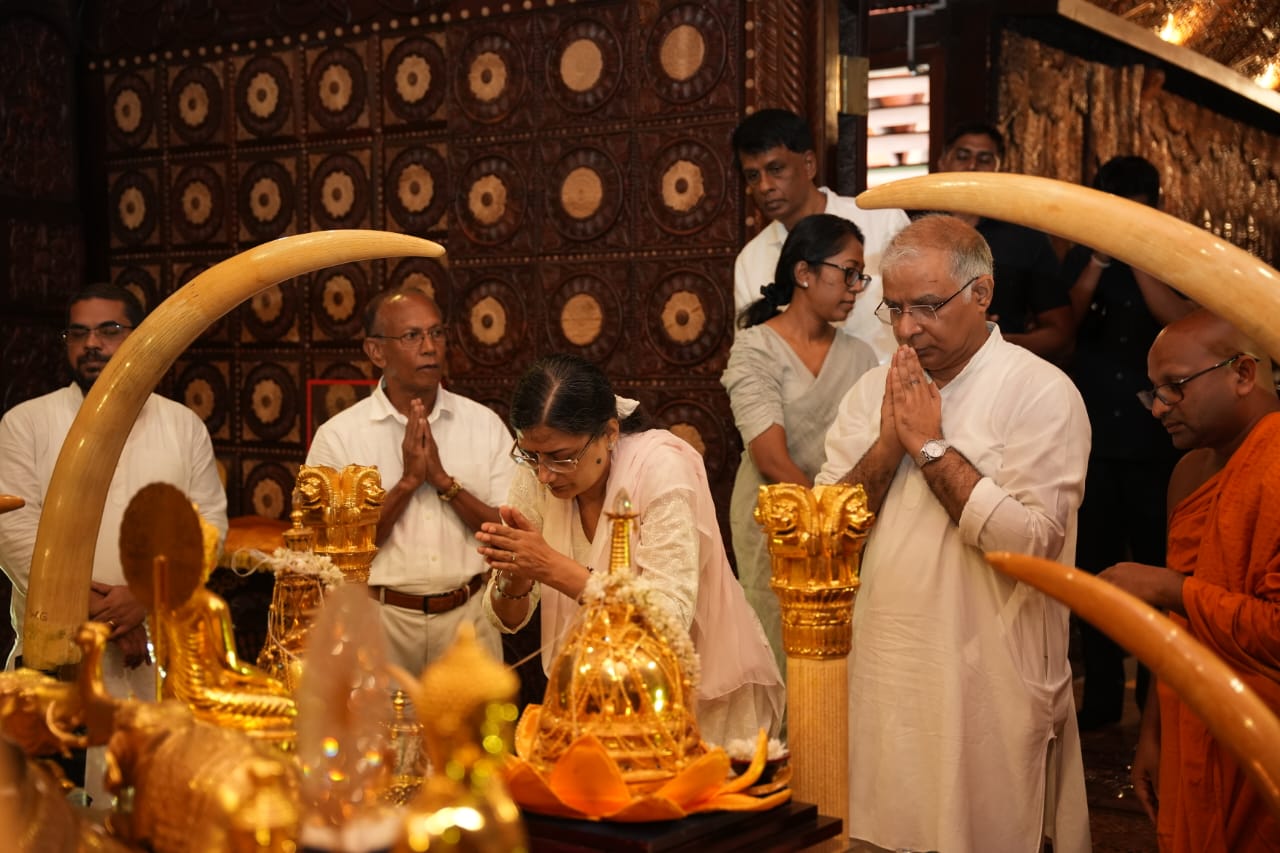
Know India
Culture
India is socially, culturally, and linguistically diverse and has made a mark on the world map for the same reason. People living in four zones of the country might have different food habits, speak different languages or wear varied ethnic clothes but they are united by fascinating cultural practices and represent the feature of ‘Oneness’. International students coming to pursue their higher education in India get a glimpse of ‘Unity in Diversity’ reflected through its rich traditions, arts & crafts, architecture, music & dance, languages as well as flavorsome food.
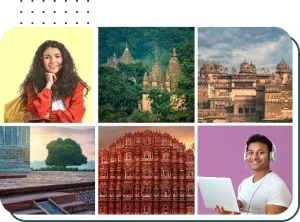
Greeting with Folded Hands
‘Namaste’ or ‘Namaskar’ has been a significant part of Indian culture and in English, it translates to ‘I bow to the divine in you’ and expresses the sentiment of ‘may our minds meet’. It is done by folding both hands in front of the chest with a slight bow. The Namaste gesture has garnered the world’s interest as a great alternative to handshakes. In fact, many world leaders now prefer greeting large gatherings the Indian way, with folded hands and a slight bow.
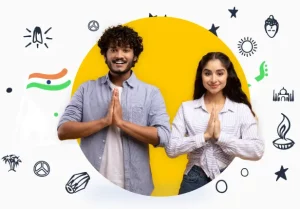
Philosophy of ‘Vasudhaiva Kutumbakam’ & ‘Atithi Devo Bhava’
Philosophy of ‘Vasudhaiva Kutumbakam’ and ‘ Atithi Devo Bhava’ are the pivotal cultural values of India. Vasudhaiva Kutumbakam, translating to ‘the world is one family’ signifies the importance of co-existence, non-violence and holistic development of the world together. Similarly, the concept of ‘Atithi Devo Bhava’ which translates to ‘the guest is like a God’, puts emphasis on being hospitable to every person coming to India from outside. The guest-host relationship foretells that the guests are to be embraced with open arms and treated with warmth and friendliness while making them feel at home.
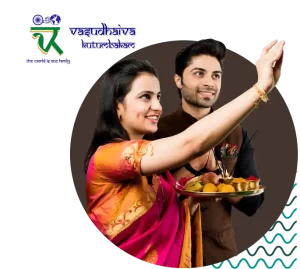
Magnificent Indian Architecture
Home to one of the Wonders of the World, the Taj Mahal, and approximately 40 world heritage sites, the picturesque architecture is an impeccable element of Indian culture. Be it majestic monuments, caves or sculptured temples, mosques or churches, all of these show the engineering and artistic brilliance of India. Indian architecture is characterised by diversity, visually appealing carvings, intricate details and technically-backed artistry. A few examples of architectural marvels include Tawang Monastery in Arunachal Pradesh (the second largest monastery in the world), Delhi’s Qutub Minar, Victoria Memorial in Kolkata, Ajanta & Ellora Caves in Aurangabad, Charminar & Golconda Fort in Hyderabad, etc.
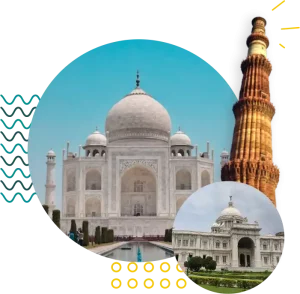
Vibrant Dance and Music
India is known for its rich heritage of performing arts that includes a variety of dance and music forms. Be it classical dance/music or folk dance/music, most of these performing arts have been passed on from one generation to another. They were used to narrate different mythological anecdotes and folklore using music, hand movements and facial expressions. Originating in different states, there are nine classical dance forms of India (including Kathak, Bharatnatyam, Kathakali, Kuchipudi, Mohiniyattam, Manipuri, Sattriya and Chau) and a handful of folk dances (like Bhangra, Garba, Ghoomar, Odissi, Lavani, etc.). In addition to this, various genres of music, like Carnatic, Hindustani, folk, Indian pop, etc., are also prevalent in the country.
India embodies the multiplicity of its rich culture and diversity across language, food, people, clothing, etc. However, the concept of community is rooted deep in the country and connects different parts of the country together.
